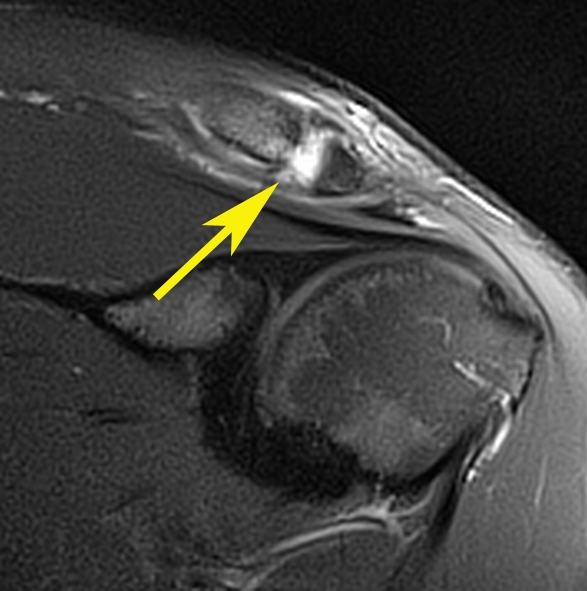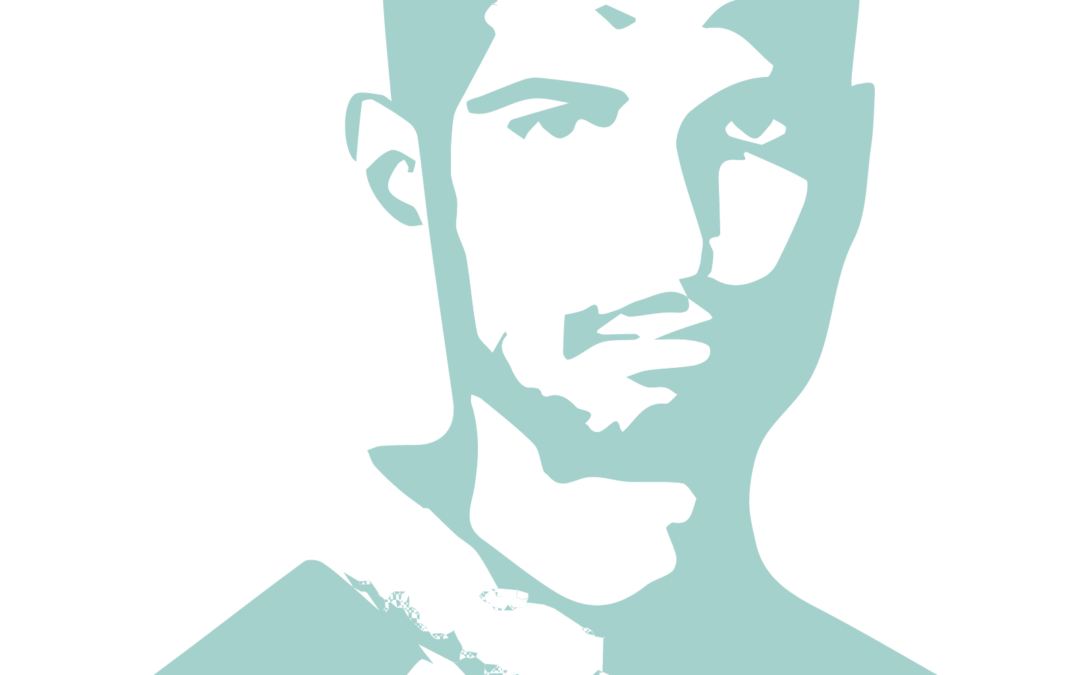The overarm throwing motion used to deliver the ball in cricket means bowlers have a particularly high risk of shoulder injuries. The upper arm is put through a wide range of motion at high speed during bowling, so it is not surprising that shoulder pains and strains are reasonably common in the sport, with the worst outcomes being tears of the soft tissues that hold the joint together.
Beginning his career primarily as a bowler, Mahmdullah, a star of the Bangladeshi cricket team, has gradually adapted his game to become almost exclusively a batsman due to shoulder injuries. In April 2019 he was diagnosed with a “grade 3 tear” of the shoulder, based on MRI examinations, forcing him to stop bowling altogether for the 2019 Cricket World Cup. Read more about Mahmdullah’s injury here.
A grade 3 shoulder tear refers to the complete separation of the ligaments that hold together the acromioclavicular joint, which connects the upper part of the shoulder to the collarbone. Such a tear is easy to spot due to physical deformity, but it can happen in so many different ways that an MRI examination is always essential in order for a radiologist to assess and describe the damage.
In cases of shoulder injury, it is important to evaluate the soft tissue structures with MRI. Widening of the joint space, fluid build-up within the joint and swelling in the acromioclavicular joint are signs of ligament injury. The MR image below, in the coronal plane, shows a clear sign of acromioclavicular ligament injury (arrow). The accumulated fluid in the joint shows up bright white on MRI.

Note: image is an example – not that of the athlete named above.
For more information about shoulder separation injuries, click here.
